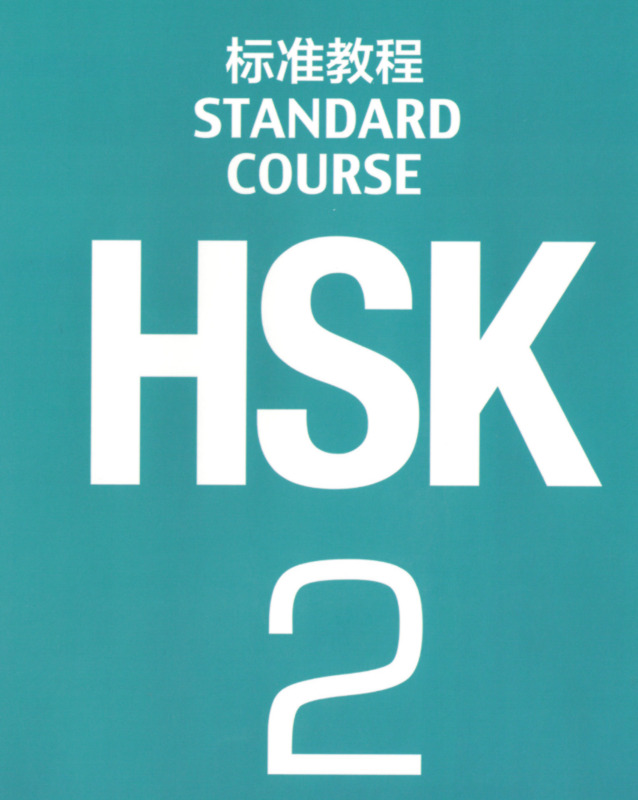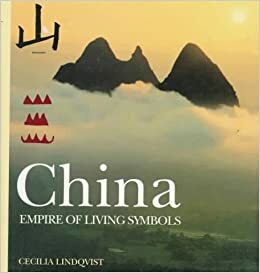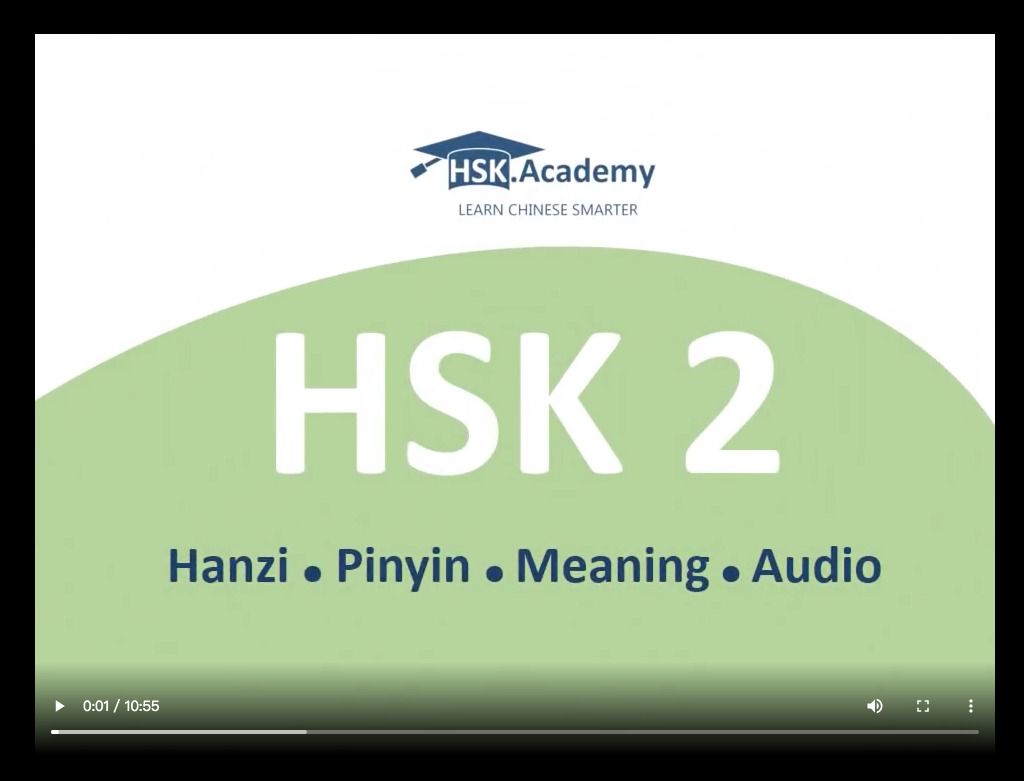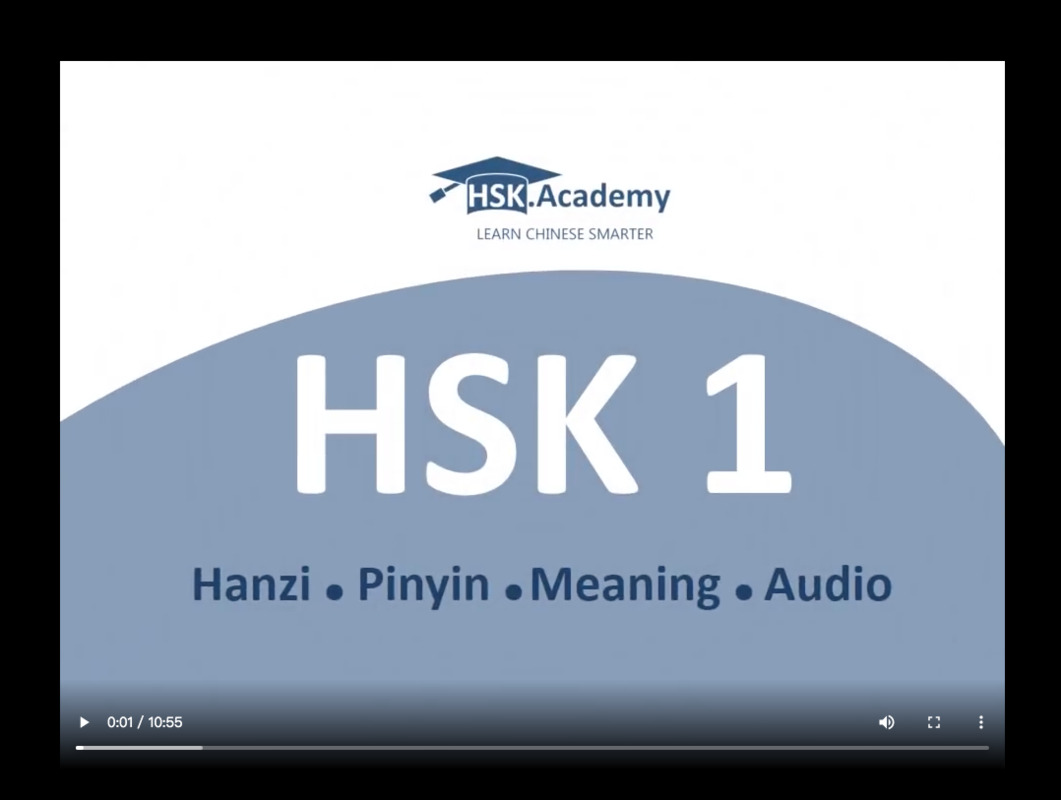Materials and books for learning Chinese language
Books for beginners
- HSK 2:
What is HSK (hanyu shuiping kaoshi) ?
https://m.youtube.com/watch?v=qpj04bfCPJg
Free Download:
https://drive.google.com/file/d/1BDxKvrPlnbz6qi36WgMic178FY7zfOU3/view?usp=sharing
- New Practical Chinese Reader:
Learning Online: https://m.youtube.com/playlist?list=PLB1B262B05A6992FD
Buy textbook: https://www.adlibris.com/fi/kirja/new-practical-chinese-reader-vol1---textbook-9787561926239
- Zhong wen
Free Download: https://drive.google.com/file/d/1K4wbwzwoDZsOGZmogGZqpWu9N4sz8ojw/view?usp=sharing
- Empire of Living Symbols
More information: https://www.amazon.com/China-Empire-Symbols-Cecilia-Lindqvist/dp/0201570092

as a Medium for Poetry
First published in 1919 by Ezra Pound, Ernest Fenollosa’s essay on the Chinese written language has become one of the most often quoted statements in the history of American poetics. As edited by Pound, it presents a powerful conception of language that continues to shape our poetic and stylistic preferences: the idea that poems consist primarily of images; the idea that the sentence form with active verb mirrors relations of natural force. But previous editions of the essay represent Pound’s understanding—it is fair to say, his appropriation—of the text. Fenollosa’s manuscripts, in the Beinecke Library of Yale University, allow us to see this essay in a different light, as a document of early, sustained cultural interchange between North America
and East Asia.
Pound’s editing of the essay obscured two important features, here restored to view: Fenollosa’s encounter with Tendai Buddhism and Buddhist ontology, and his concern with the dimension of sound in Chinese poetry.
This book is the definitive critical edition of Fenollosa’s important work. After a substantial Introduction, the text as edited by Pound is presented, together with his notes and plates. At the heart of the edition is the first full publication of the essay as Fenollosa wrote it, accompanied by the many diagrams, characters, and notes Fenollosa (and Pound) scrawled on the verso pages. Pound’s deletions, insertions, and alterations to Fenollosa’s sometimes ornate prose are meticulously captured, enabling readers to follow the quasi-dialogue between Fenollosa and his posthumous editor. Earlier drafts and related talks reveal the developmentof Fenollosa’s ideas about culture, poetry, and translation. Copious multilingual annotation is an important feature of the edition.
This masterfully edited book will be an essential resource for scholars and poets and a starting point for a renewed discussion of the multiple sources of American modernist poetry.
resource from:https://www.fordhampress.com/9780823228683/the-chinese-written-character-as-a-medium-for-poetry/
Download:
Resource pool / Blog
The book for practicing rhyhm and pronunciation

ABC of Sound Meters in Chinese Poetry, Che Wan Yu, 2015
声律启蒙 , ABC of Sound Meters in Chinese Poetry (Illustrated by Wu Guanzhong Collector's Edition) was compiled by Che Wanyu, a successful candidate in the highest imperial examinations during the reign of Emperor Kangxi of the Qing dynasty and illustrated by Wu Guanzhong, an enlightened reading material to train children to master rules and forms of classical poetic composition and phonology.
It is classified by rhymes, covering astronomy, geography, flowers and trees, birds and beasts, figures, objects, etc. From one character to two characters, three characters, five characters, seven characters to eleven characters, it has rhyming words and is catchy in sound. Children will get training in phonetics, vocabulary, and figures of speech. Reading from a single character to multiple characters, it sounds like a beautiful song, popular till now.

Audio for HSK 2
Audio for HSK 1
送别, Farewell Song

Outside the long pavilion,
along the ancient route,
fragrant green grass joins the sky,
the evening wind caressing willow trees, the sound of the flute piercing the heart,
sunset over mountains beyond mountains
at the brink of the sky,
at the corners of the earth,
my familiar friends wander in loneliness and far from home,
One more ladle of wine to conclude the little happiness that remains,
don't have any sad dreams tonight.
[[]]
This song is from Hong Yi (23 October 1880 – 13 October 1942; Chinese: 弘一; pinyin: Hóngyī.
His original name is Li Shutong (李叔同 and 李漱筒) was a Chinese Buddhist monk, artist, and art teacher. He was a master painter, musician, dramatist, calligrapher, seal cutter, poet, and a Buddhist monk.
What is 成语 (chengyu) ?
Chengyu (traditional Chinese: 成語; simplified Chinese: 成语; pinyin: chéngyǔ, are a type of traditional Chinese idiomatic expression, most of which consist of four characters. Chengyu is widely used in Classical Chinese and is still common in vernacular Chinese writing and in the spoken language today. According to the most stringent definition, there are about 5,000 chéngyǔ in the Chinese language.

You can check more information from Wiki by clicking the examples above.





